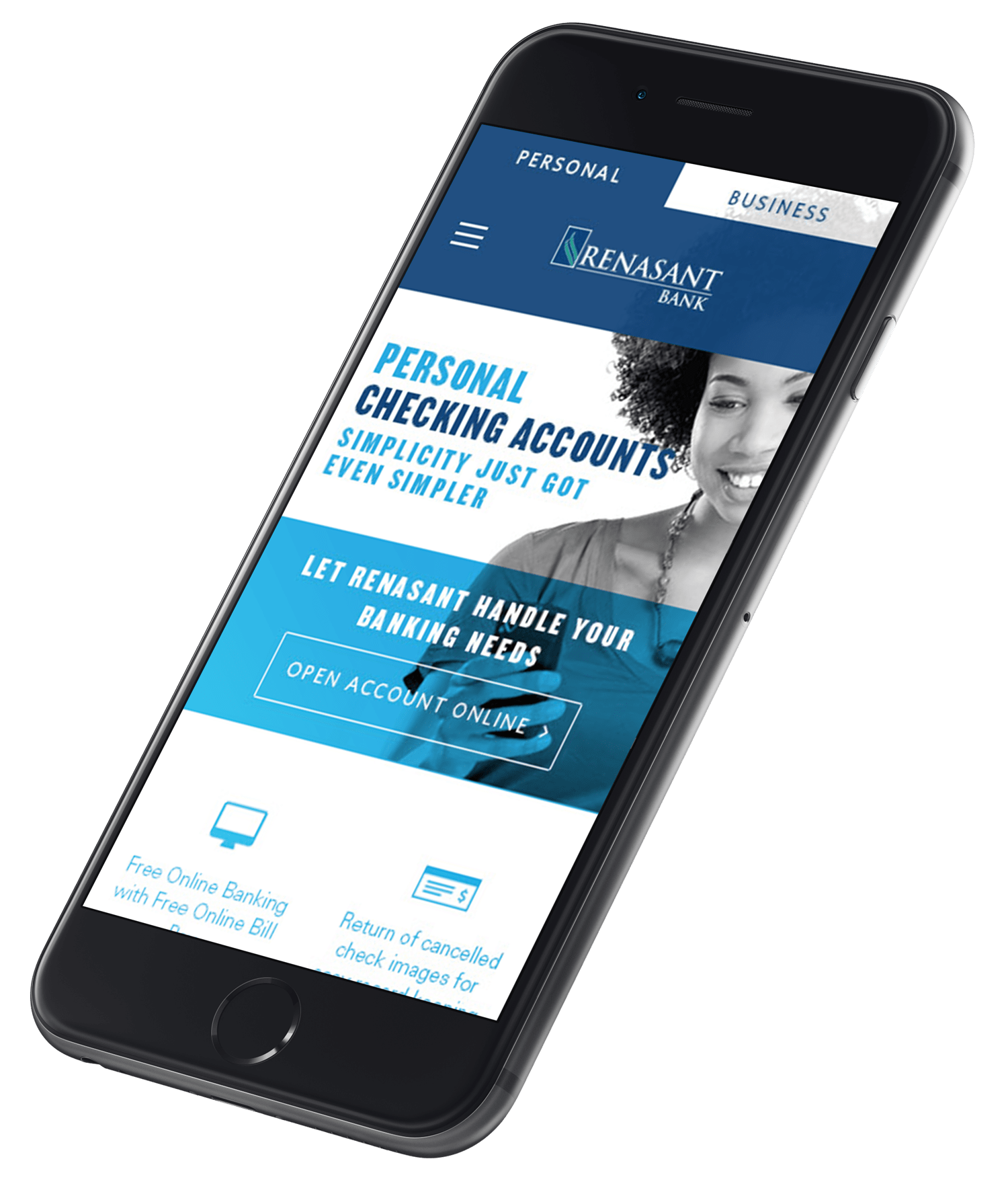I’m not usually a resolutions kind of guy. Ok, that’s a lie. I make a ton of resolutions every year but don’t tell anyone. I usually modify them when I find out what works and what doesn’t in March, and then abandon them completely in July.
This year is all but in the history books (even though it feels like we just started 2018), which means it’s probably time to begin thinking about those 2019 resolutions. I can barely believe it’s December, much less the last week of the year, but time waits on no one. So let’s make next year count with some resolutions.
Some Ground Rules
Before we make our resolutions, though, let me lay down some ground rules:
First, your resolutions have to be practical. I can resolve to run three miles every day, but I have a toddler, a job, a family, and plenty of other responsibilities, so that’s not going to happen. That would be like resolving to single-handedly double my bank’s core deposits in 12 months. Not going to happen.
A practical resolution would be to run nine miles a week for 45 weeks of the year. Or for bank marketing, to identify a gap in our bank’s share of wallet and, through a marketing campaign, increase adoption of that product area by 50%.
Secondly, they must be ambitious. If I were to resolve to watch more TV, I’m confident I will hit my goal, but that’s not very ambitious.
Finally—and I struggle with this every year—we have to focus our resolutions. We’ll circle back to this at the end.
Six Resolutions
With these ground rules in place, let me offer up some practical yet aspirational resolutions that are sure to give your year focus and make an impact on your bank.

1. Identify Your Weakness and Make a Plan to Attack It
Where is your brand weakest?
This problem sounds a lot harder to fix than it is. Where is your brand weak? This is something you know, your boss knows, your board knows, and your clients know. If no one can think of it, offer a few clients gift cards to be honest with you, or ask your counterpart at the bank across the street.
Identifying this weakness in a formal way can feel scary, but there is no other way to fix it. This isn’t admitting your bank is a bad bank, it’s simply showing your clients how committed you are to bettering yourself. This can be anything from your online account opening experience to your in-branch experience.
Figure it out. Write it down. Brainstorm with your team. Make a plan to attack it.

2. Identify Some Easy Wins
If you’re really going to go after your biggest weakness this year, you’re going to need a couple of easy wins to put some wind in your sails. And if you’re planning on proceeding with business as usual, finding some easy wins will give you a boost to start the year.
I know what you’re thinking, “If I knew of an easy win, I would have done it.” Sure. But what about all the little projects you keep putting off? The things that, if you really dedicate a few weeks and a little bit of budget to, you would knock out.
But, with just a little research into your customer data, you may be able to find a treasure trove of easy wins.
One of Renasant Bank’s most successful campaigns last year simply involved comparing lists of clients with checking accounts and clients with savings accounts. Lots of checking clients didn’t have a savings account, so we put together a savings campaign and sent it to all these preexisting customers who knew and trusted the bank. Read more about Renasant Bank’s easy win here.

3. Plan for the Whole Year | Spend Your Whole Budget
Don’t put money you don’t want to spend in your marketing budget, and don’t budget money without a strategic plan.
Marketing budgets are meant to be spent on marketing. I’ve seen so many bank marketers and bank executives who set aside a marketing budget but cringe at the idea of spending it. I’ve also seen marketing budgets get made in December without any idea what was going to happen in March, much less September.
Begin with the end in mind. For tangible costs and upgrades, allot the funds and space them out over the year. These are your foundational elements. You may not need a new brand this year, but do you need updated signage? Do you need to update your website? Great, allot the funds, and then space them out over the time it will take to develop the new materials.
And for your actual advertising strategy, don’t simply plan to get new customers—see the customer experience all the way through. Customer experience is part of your marketing, your brand, and that experience doesn’t end when a new account is opened—it’s only the beginning. There is no finish line for a relationship with the client.
What are you going to do to attract new customers this year? Once those customers open accounts, how will you ensure they’re getting the most out of your bank so that they remain a customer? What are you doing to nurture deeper, more valuable relationships with your current customers?
Now that you’ve thought through your strategy, dole out some extra money in each category for the unforeseen. Finally, allot some money to try something new. What can you experiment with to learn something new about your bank, clients, or marketplace with 10% or so of your budget?
We break our budgets down into the five different pillars of client attraction and retention, which you can read about here.
You can download our budgeting tool here for free.

4. Surprise Some of Your Clients with Something Nice
This is simple. Do something unexpected and kind for your existing clients. Make sure it’s genuine and actually valuable to them. This will build loyalty from your clients and buy-in from your employees. Then, develop some content around the nice thing you did and share in your marketplace.
Give out gifts. Make donations to their charitable organizations. Provide a day of free budget or tax planning assistance. Offer new product incentives. Draw some random names and write them a check.
Do it in February. Half of them are bummed out because it’s February. They’ll love it.

5. Rid Yourself of Something That’s Not Working
What has your bank been doing for years simply because you did it last year and the year before that?
Do you have an outdated checking account that no one opens? Is your bank cannibalizing its CD rates but refusing to pull the ad campaign?
Have you spent so much money buying ads in a local school high school’s football program that you could have paid for stadium naming rights or sponsored a totally new program at the school?
Are you throwing advertising dollars at lots of little things at the request of your branches when your bank could make a concerted effort to back one initiative?
Is your website’s chatbot causing more problems than it’s solving?
The amount of money and effort it takes to maintain a well-intentioned bad idea stacks up over the years. You will be surprised how much this will free up your department for new opportunities in the future.
Some of your coworkers are going to be mad at you. The secretary of a local committee is going to write a strongly worded email. It’s like throwing away the things in your attic that you never use. You don’t need them, and you won’t miss them in two weeks, but it’s so hard.
That’s ok. Change is difficult, but it’s also healthy.

6. Pick One (and Only One) Resolution
Of all your resolutions, narrow them down to one that you can accomplish with some hard work, and stick to it. I know this is tough. I try to set lots of resolutions every year, but I end up being lukewarm on all of them instead of knocking one out of the park.
It’s easy to have a big idea and say, “Let’s get started and we’ll figure out the rest as we go,” but that’s the recipe for a crash landing. It’s better to execute a simple idea 100% than a big idea 85%.
You’re probably not going to become a content marketing master, SEO expert, digital advertising specialist, and social media maven this year. You’re not going to single-handedly double deposits while cleaning up your website and completing a rebrand.
But you can pick one resolution, whether it’s one of mine or something that’s been on your mind for a while, and plan to make an impact in your bank this year.
Pick one resolution, and then resolve to follow through.




